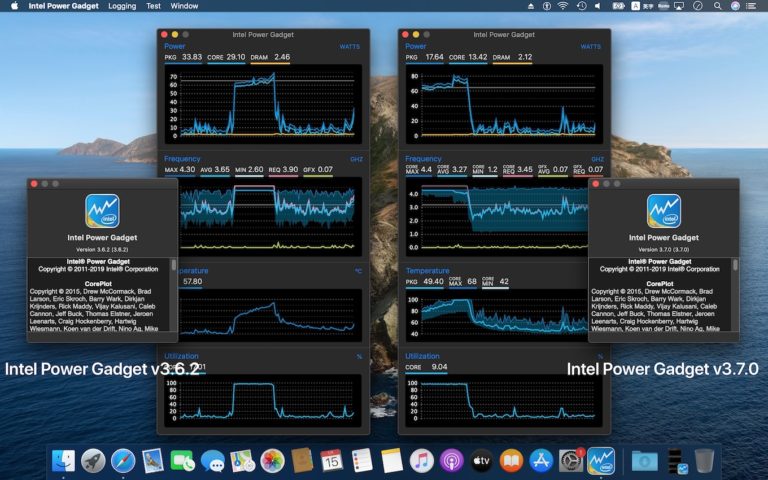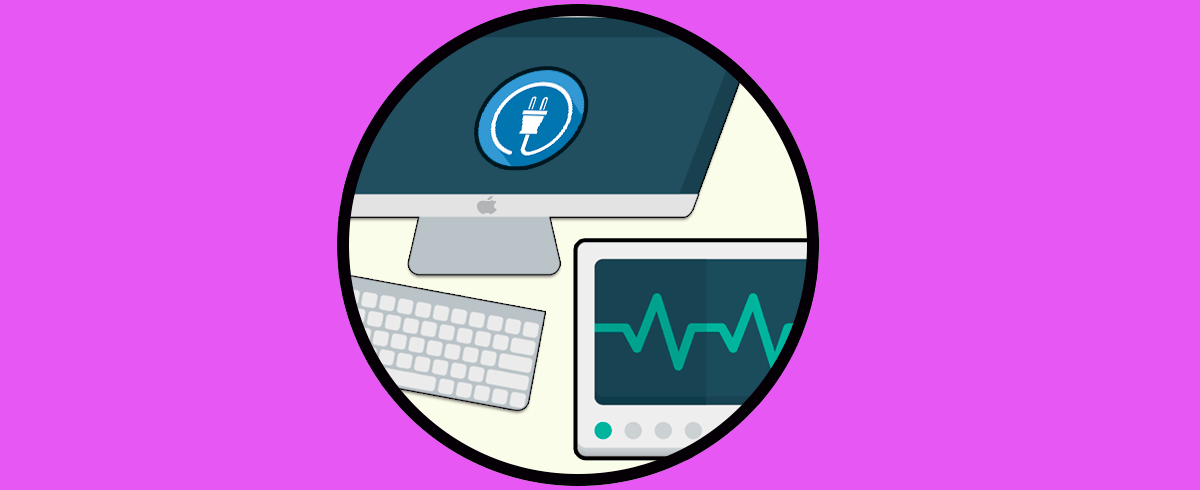

- Intel power gadget problems how to#
- Intel power gadget problems software#
- Intel power gadget problems code#
Intel power gadget problems software#
Moreover, if our colleagues are also testing energy consumption, we will be able to learn the do’s and don’ts of green software development from each other. If we know that by adding a new feature, we significantly increase the energy footprint of our software, we will probably consider greener alternatives that deliver the same user experience. This one skill will help us start making energy-aware decisions when developing software.

Intel power gadget problems how to#
One of the first things that we, green software enthusiasts, need to learn is how to measure the energy consumption of software. We need more tutorials, discussions, data, tools, and ideas!Īs always, we need to start small (think big 😉). Unfortunately, there is not a lot of content when it comes to the development of energy-efficient software applications. Tech professionals are already used to constantly re-educating themselves on the latest new tool or technique. We need to embrace the green digital transformation at all levels. It will cover topics such as green AI, carbon-aware computing, energy-efficient mobile development, and so on.īut of course, the change cannot only happen with the new generation of tech developers. That’s the case of the Delft University of Technology, which will have its first course on software sustainability already starting in this academic year 1. Hence, universities are pioneering new courses on sustainable software engineering. In that sense, we need to give it a little push before we can have everyone fluent in “greenish”. As opposed to analysing and measuring time, which is simple and accessible, energy data is everything but that. Although students are usually interested in learning about the sustainability of software engineering, there is a steep learning curve that needs to be overcome.
Intel power gadget problems code#
Unfortunately, this enthusiasm of students about making the code more time-efficient is not observed for energy efficiency.

The only thing that can somehow resemble energy efficiency is performance: students usually show a natural satisfaction in making their code execute in the least possible time. Nevertheless, for a long time, energy efficiency and sustainability were never really part of the curriculum of computer science programmes at universities. If everyone is able to measure and interpret energy data from their software, energy efficiency will be inherently considered in software development activities. We will never get there if our engineers, scientists, designers, marketers, and so on are not knowledgeable about the foundations of energy and carbon efficiency.

If we have more developers curious about measuring green software development, eventually green IT will be the norm.īefore we are able to normalise green software, we need everyone to be able to speak greenish. Soon, every tech company will have to embrace the green digital transition and ensure that energy-efficient software is an essential part of this transition. This article helps developers and computer scientists, as well as the code curious, learn how to measure the energy efficiency of software running on their machines and understand how that fits into an emerging green software development practice. The ambition to achieve climate neutrality is being set by many public- and private-sector leaders and it is clear that the tech sector has an important role to play here. Join the group of innovators of this green transition and get started in measuring the energy consumption of software applications.ĭeveloping green software is a new tech skill that is becoming more and more important. Soon, being green-literate will be quintessential to the development of software systems at any scale. Education plays an important role in leading the upcoming green digital transition.


 0 kommentar(er)
0 kommentar(er)
